I ordered a PowerCost Meter from Blueline Innovations in an effort to better demonstrate to my family the overall power consumption of everyday things in a home.
The hope is by seeing the cost per hour as things are turn on and off, increased awareness will suggest to turn things off. That’s the hope of the Power Cost meter it seems.
Please understand this meter does not save you any money on your power bill. It does not do any quack technique of saving energy. It simply reports your energy usage so you will be understand where your waste might be. It is up to you to do the actual saving.
There are several different meters available, but the Blue Line model seems to be a good mix of capabilities.
Several aspects of this meter appealed to me including:
- Measures the power use by sensing the wheel or window of the power companies meter – The meter’s power is the same as what the electric company measures
- Portable display unit – to place where your family can see it
- Ability to show energy consumed per unit time or dollars per unit time
- Can handle tiered rates
- RF link between sensor and display unit
I eagerly took the parts home and immediately set about going through the very good instructions in the manuals. I put two batteries into the display unit, two in the remote unit and then headed outside to continue installation onto the power meter. Things were going great…
…and then…
…disaster. Of all the various meters this Power Cost sensor supports, and it is many, I had to have the one kind of meter that won’t work with this sensor. Look close and you will see the problem. My meter does have the spinning wheel, but there is a metal shroud covering the front portion of it thereby blocking any view from the front for the sensor.
Damn.
I sent an email to the support at Blue Line Innovations and they promptly confirmed my finding that my meter just won’t work.
I am not giving up yet, though. This meter system and the way it displays data is just too cool to pass up.
My next task will be to create a substitute power meter that will tick off either one tick per 7.2 watt-hours or one tick per watt-hour both of which appear compatible with the Power Cost meter. Stay tuned.
The pictures below show the unveiling of the Blue Line Innovations Power Cost Meter as received from Northern Tool Company.
- Packing of the Blueline Innovations Power Cost Meter
- First look in the box after removing the top packing material.
- The box of the Blueline Innovations Power Cost Meter
- The top tray of items in the Blueline Innovations Power Cost Meter
- Digging deeper into the box or the Blueline Innovations Power Cost Meter
- The Blueline Innovations power meter sensing unit in its package.
- Gap in the plastic arm of the outdoor meter sensing assembly
- The many manuals of the Blueline Innovations Power Cost Meter
- The Blueline Innovations Power Cost display unit
- The hidden wheel in my power meter.




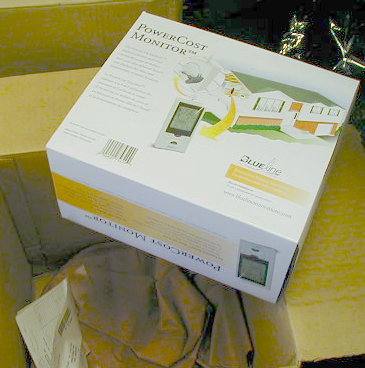
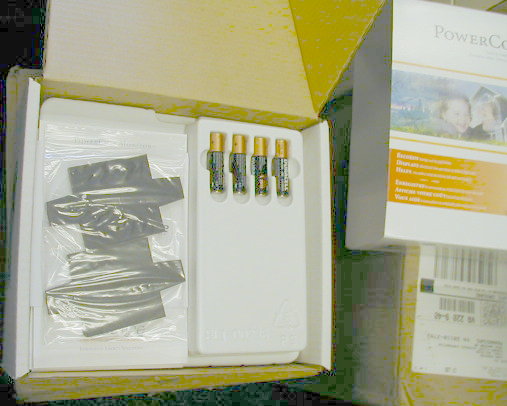
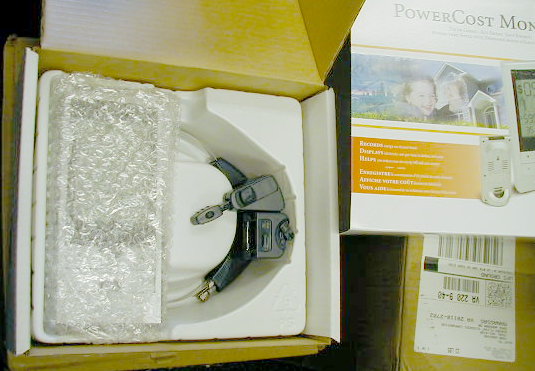
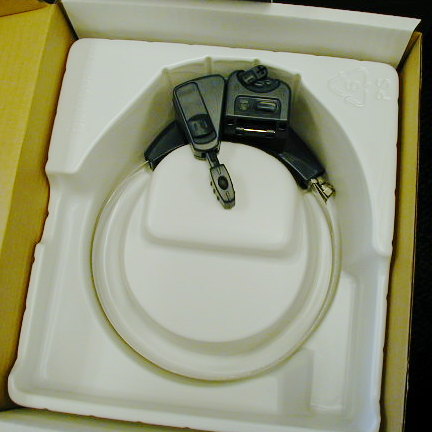
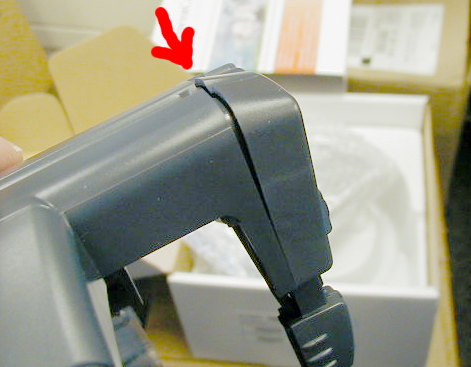


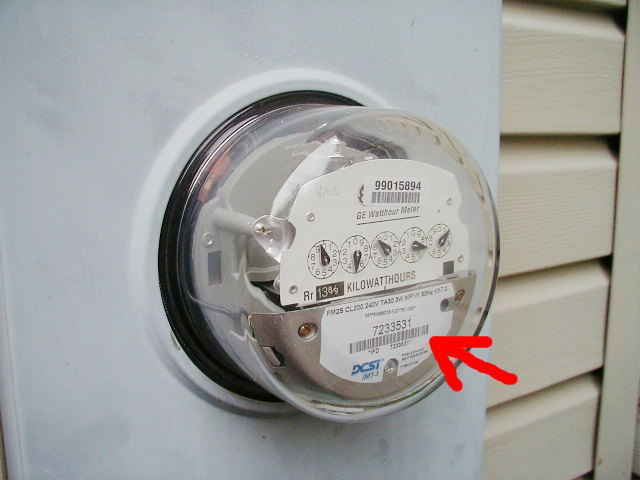
 The 12 volt lead-acid battery for my backup sump pump does not seem to last for more than about one year. There is a “maintenance” battery charger that is, supposedly, designed to keep a battery topped off and ready to go should the backup power be needed.
The 12 volt lead-acid battery for my backup sump pump does not seem to last for more than about one year. There is a “maintenance” battery charger that is, supposedly, designed to keep a battery topped off and ready to go should the backup power be needed.

